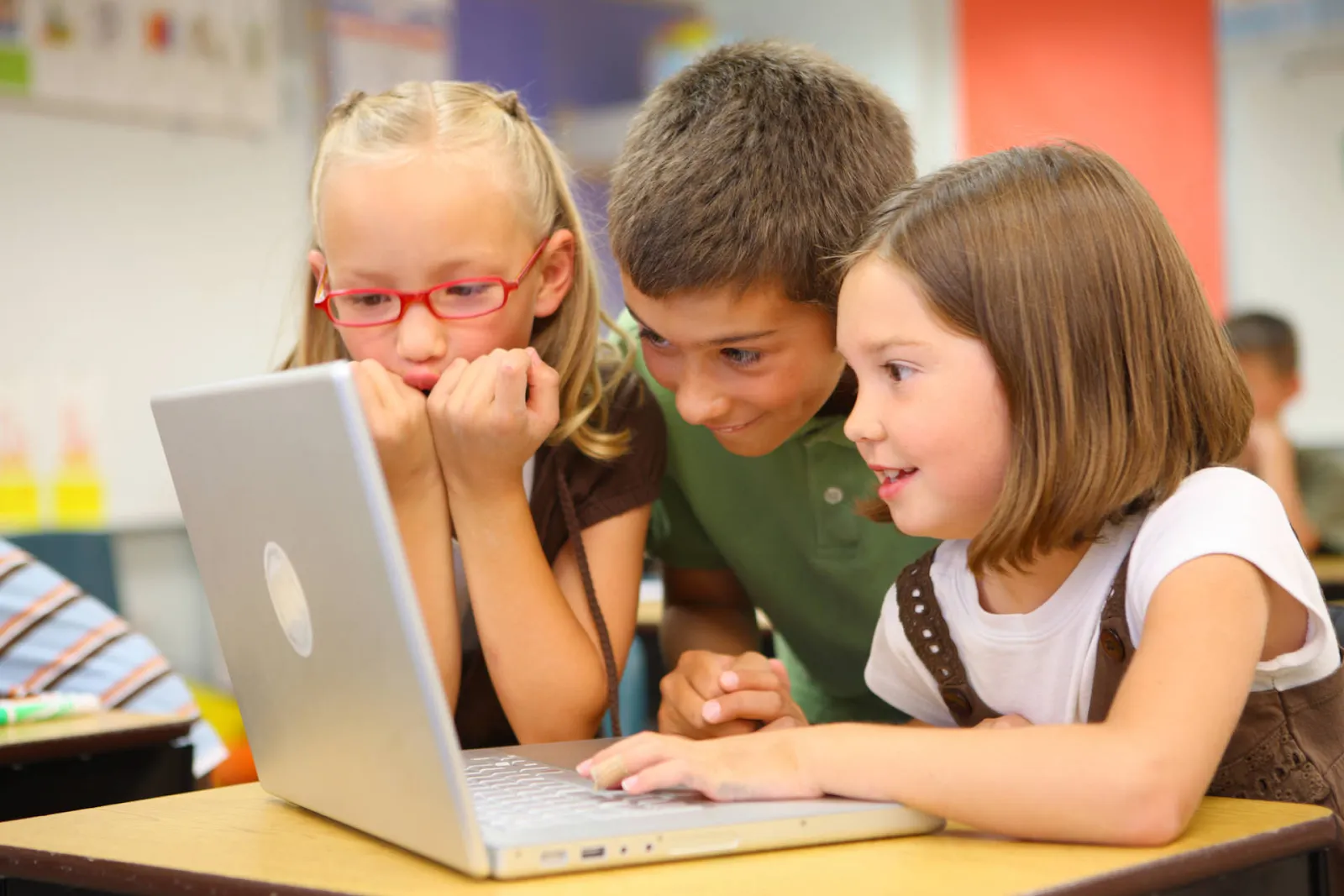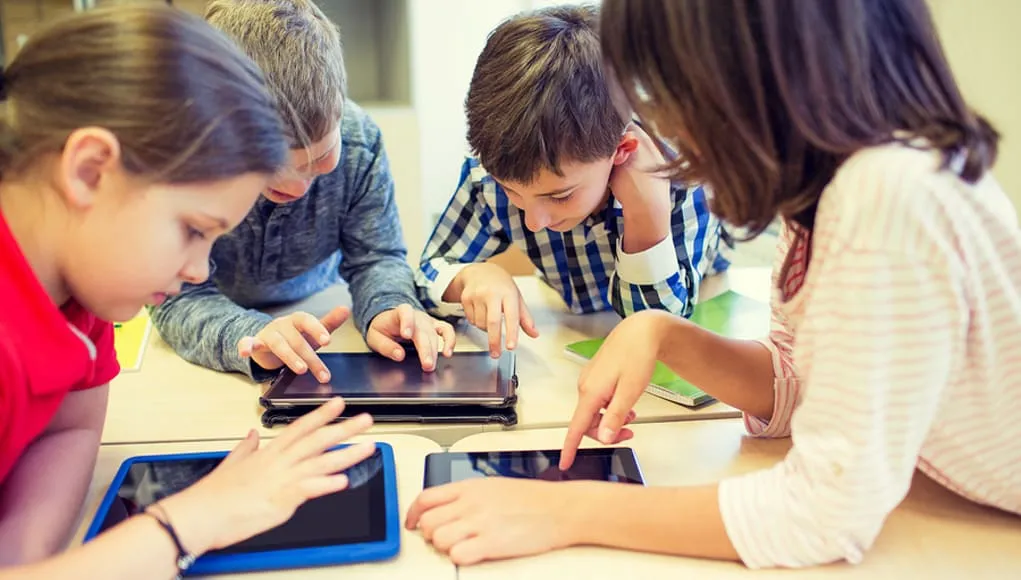
77.32% of parents see better grades in 3 months!
When parents hear the term "personalized learning," their mind might flash to common phrases like "individualized education plans" or "tailored lesson strategies."
That’s the basic framework parents are likely to find on most Google searches, but what if we tell you personalized learning is far more than just custom worksheets and adjusted homework loads?
In fact, it's a transformative approach that reshapes the entire learning experience—from how kids interact with teachers to how they perceive their potential.
In this article, we’ll dive into the heart of what personalized learning really is and what it looks like in practice—going beyond the usual buzzwords.
It’s time to debunk the myths and take a fresh look at how this approach works in real-world settings.
Spoiler: it's not just about tweaking classroom instructions, but rather, shifting the entire focus toward empowering students to take control of their education journey.
What Personalized Learning Really Is: Rethinking the Concept

At its core, personalized learning is not a one-size-fits-all adaptation of traditional teaching.
It’s a mindset that focuses on empowering students by recognizing their individuality, strengths, and weaknesses.
It's about creating a learning ecosystem that embraces the differences among learners and fosters curiosity.
Rather than teachers delivering knowledge as an expert figurehead, personalized learning flips the traditional hierarchy.
Students become co-creators of their educational paths, building on their unique abilities and experiences.
When a child is no longer seen as an empty vessel waiting to be filled with information but instead as a problem-solver and thinker, learning becomes more meaningful and engaging.
But here’s where the real difference lies: It’s not about technology, fancy apps, or even tailored lesson plans.
Those are merely tools.
True personalized learning is built on human relationships, curiosity, and an authentic desire for learners to discover their strengths and passions.
This brings us to one of the most crucial yet often overlooked aspects of personalized learning: student agency.
To see personalized learning in action, check out MentorMatch. Our mentors don’t just teach—they inspire and guide students, making them active participants in their educational journey.
The “Invisible” Element: Student Agency
One of the most critical yet overlooked aspects of personalized learning is student agency.
This concept goes beyond allowing students to choose their project topics or reading materials.
It’s about embedding a deep sense of ownership in the learning process.
Imagine a classroom where students identify their own challenges, seek solutions, and reflect on their learning outcomes—not because they’re told to, but because they genuinely care about their progress.
In a truly personalized setting, teachers act more as mentors than instructors.
Instead of dictating every task, they guide students to explore their own questions.
For example, instead of teaching a unit on geometry through a fixed curriculum, the teacher might pose a challenge:
“How can geometry be used in designing a dream playground?”
Students with different interests—be it art, sports, or engineering—come up with unique solutions that lead them to learn the required mathematical concepts naturally.
This kind of agency promotes confidence, problem-solving skills, and a deeper connection to the material.
When students are engaged, the notion of “doing well in school” transforms from a checklist of grades to a personal quest for knowledge.
They become active participants in shaping their own learning experiences, which creates a deeper connection to the material.
But what does this actually look like in practice?
Let’s explore how personalized learning unfolds in real-world settings.
Also Read: Best Online Tutoring Tools You Must Know
Real-World Example: Personalized Learning in Action
A public school in Nashville, Tennessee, uses a program that pairs students with mentors from the community.
These mentors don’t just meet once a month for career talks, they play an active role in designing project-based learning opportunities that align with the students’ personal interests.
A student interested in music production, for instance, collaborates with a local producer to learn about sound engineering through a hands-on project.
Another school in Finland takes personalization a step further.
The students choose themes like “the future of energy” or “sustainable food production,” and work in teams to develop innovative solutions to global problems.
Rather than sticking to standard math and science lessons, these students are integrating subjects in real-world applications, learning math through financial budgeting or science through environmental experiments.
These examples show that personalized learning is far from passive.
It is dynamic, integrated, and constantly evolving based on student interests, global challenges, and real-world application.
While these examples showcase the power of personalized learning, it's important to dispel a common misconception: personalized learning is not about catering to specific “learning styles.”
Instead, it involves offering diverse methods of instruction that engage students on multiple levels.
Personalized Learning Isn't About Catering to “Learning Styles”
A common misconception is that personalized learning is about matching instruction to a student’s “learning style,” such as visual, auditory, or kinesthetic.
We all benefit from a variety of teaching methods, and focusing too much on just one can be limiting.
True personalized learning doesn’t pigeonhole a student into one mode of learning but offers multiple pathways to mastery.
Consider this: A student working on a science project might watch a video on volcanoes, conduct a hands-on experiment to see how they erupt, and then write a report summarizing their findings.
The variety of methods deepens their understanding and makes learning more accessible and engaging, regardless of how they think they “learn best.”
Though it's essential to offer varied instructional methods, technology often plays a key role in supporting personalized learning.
However, it's crucial to remember that technology is just a tool, not the solution itself.
Let’s understand how technology fits into the broader picture of personalized learning.
Also Read: Teaching Benefits of One-to-One Learning
The Role of Technology: A Helpful Tool, Not a Solution

Many assume that personalized learning equals more technology in the classroom, individualized online courses, learning apps, or algorithm-based tutoring programs.
While technology can enhance personalized learning by offering customized content and immediate feedback, it is not the centerpiece.
Technology is simply one of many tools that support a personalized learning framework.
For example, some schools use platforms, which allow students to progress at their own pace in subjects like math.
But these tools are just supplementary.
What’s more important is the teacher’s ability to interpret the data these platforms provide, using it to offer deeper insights, encouragement, and strategies tailored to each student’s needs.
The danger of relying too much on tech?
It risks reducing personalized learning to algorithm-based customization, stripping away the human element, the relationships and curiosity that are at the heart of real learning.
True personalization happens through the relationships built between students and educators, where trust and understanding are key.
Real Personalization Happens Through Relationships
At its deepest level, personalized learning is about building authentic relationships between students and educators.
Imagine a teacher who knows not just which subjects their student struggles with, but what excites them, what personal challenges they face outside of school, and how they interact with the world around them.
Take Finland's education model, which emphasizes close student-teacher relationships.
Teachers stay with the same group of students for multiple years, developing a deep understanding of each individual.
This long-term relationship allows for more personalized learning goals and progress checks.
The trust built over time encourages students to open up about what they truly want to learn, making lessons more meaningful.
Another powerful example comes from New Zealand’s whānau-based approach to schooling.
Each student is paired with a “learning advisor,” much like a life coach, who helps them navigate their entire educational journey.
These advisors guide not only the academic aspects but also help students explore their personal interests, set life goals, and develop social and emotional skills.
Strong connections between students and teachers are at the heart of personalized learning.
But it's not just about academics—these relationships also help students grow emotionally.
That’s where emotional intelligence comes into play.
Want to see this kind of personalized approach in action? Partner with MentorMatch and let us help your child grow both academically and emotionally!
Personalized Learning and Emotional Intelligence
One aspect of personalized learning that’s often overlooked is its focus on emotional intelligence.
While many educational models focus primarily on academics, personalized learning systems recognize that emotional growth is just as crucial.
This means students are taught to manage their emotions, understand relationships, and develop a sense of empathy.
In fact, emotional skills are considered essential for academic success, especially when students are expected to take ownership of their learning.
Imagine a classroom where students work in groups to solve real-world problems.
As they collaborate, they’re not only learning academic content but also essential life skills like conflict resolution, effective communication, and leadership.
This holistic approach shapes not just better students, but better humans.
Now, let’s wrap up everything we've covered about personalized learning.
To Summarize
At the end of the day, personalized learning is all about letting students take charge of their education, building strong relationships, and focusing on emotional growth alongside academics.
It’s more than just customizing lessons or using fancy tech tools, it’s about making learning meaningful, engaging, and personal for each student.
If you’re looking for a way to truly personalize education for your child, MentorMatch is the perfect partner.
With expert mentors who tailor their approach to each student’s unique strengths, interests, and emotional needs, we go beyond just tutoring, it’s a personalized learning experience designed to empower your child.
Ready to see the difference personalized learning can make?
Book a free demo today and watch your child take control of their education!



.png)
.webp)
.webp)